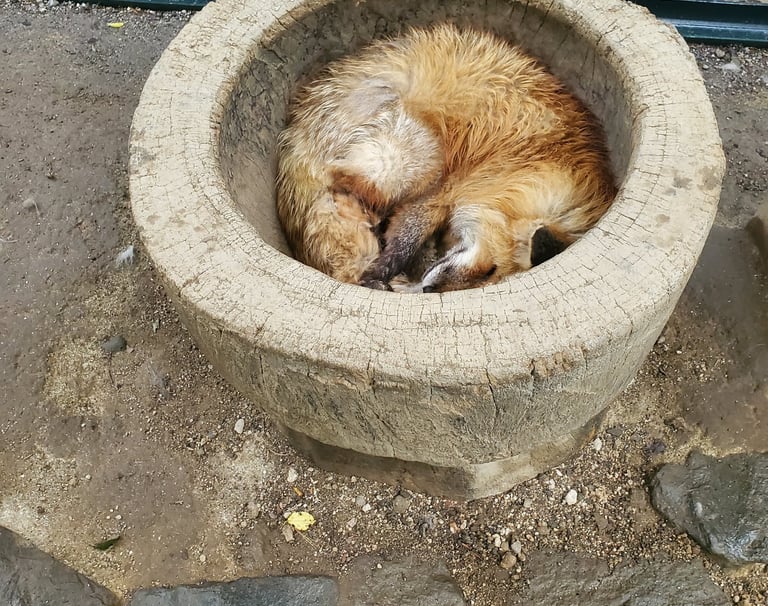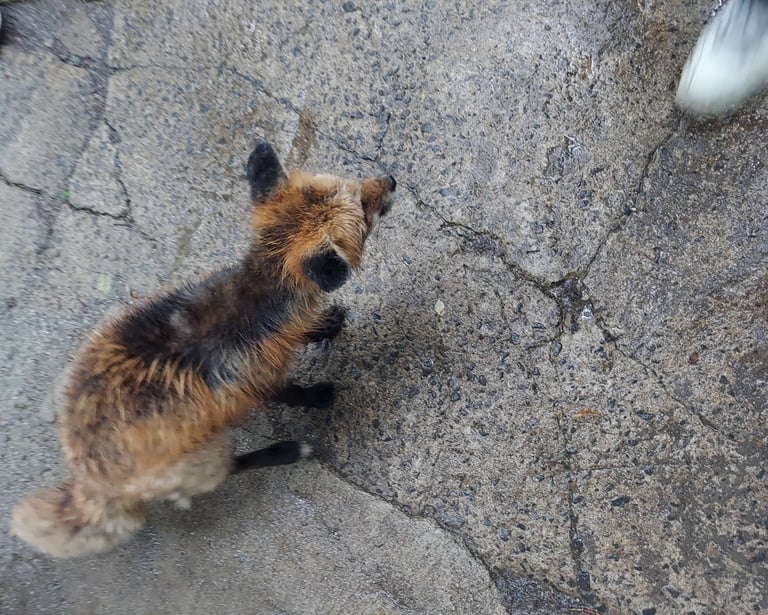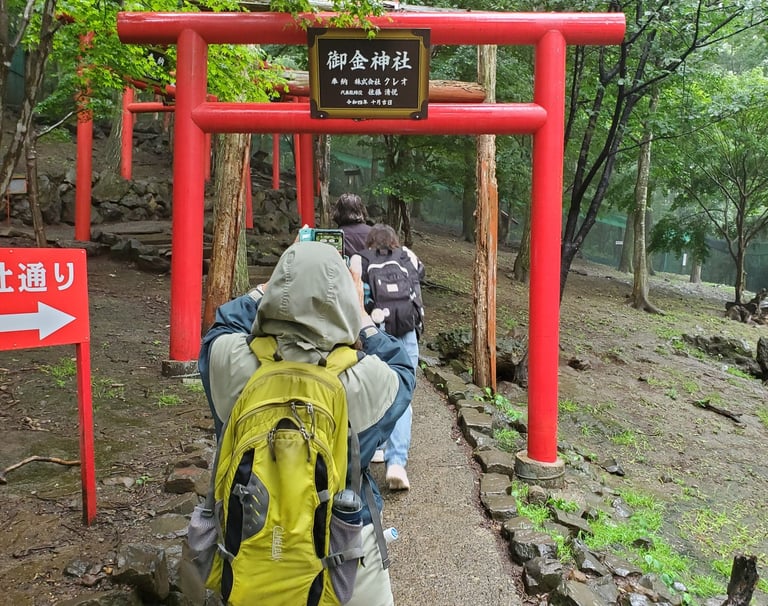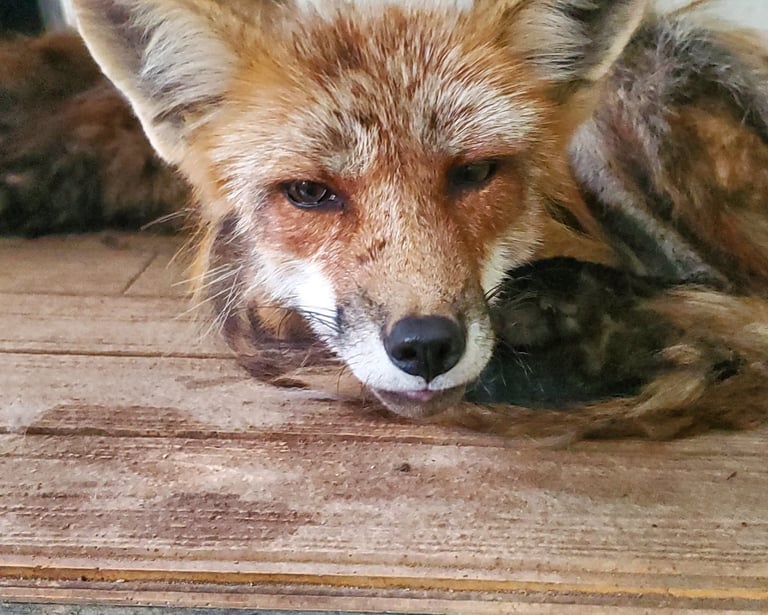What's Stopping You? Change Your Life!
Hills of Shiroishi;
A Day Among Foxes
WILLIAM
10/10/20254 min read
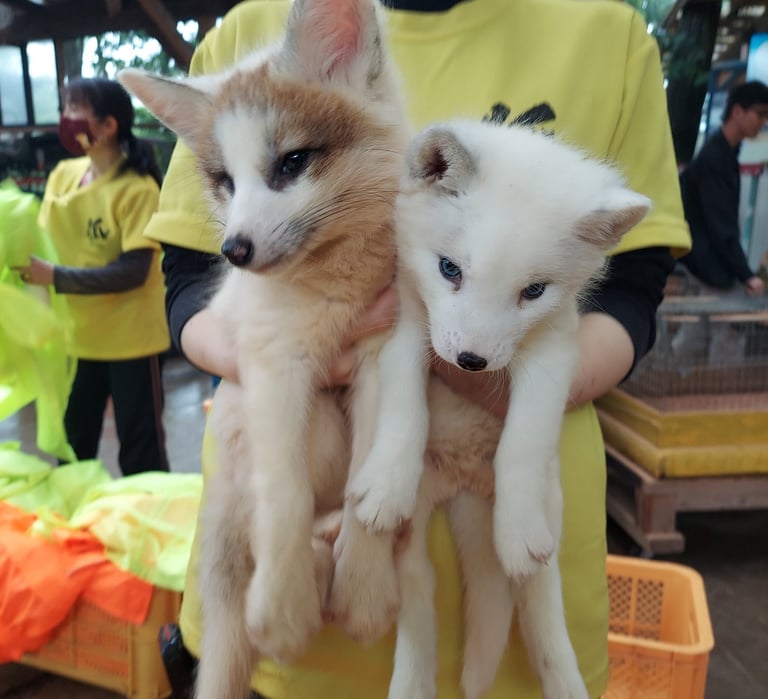

Morning
We spent the night at the Venezian Hotel Shiroishi, tucked directly beside JR Shiroishi Station. From our window, you could see the trains glide past less than 300 feet away — yet, somehow, it was completely quiet. I slept soundly and woke surprised that such calm could coexist with the constant pulse of the railway.
It reminded me of a night I’d once spent in Kingman, Arizona, where freight trains rumbled endlessly beside the hotel, shaking the walls and sleep alike. The difference, I realized, is that Japan’s trains are electric — sleek, whispering things — while America’s are mostly diesel beasts. Japanese trains also rest by midnight. In Kingman, they never stopped. So if you ever find yourself in Japan and discover your hotel sits next to a rail line, don’t panic. Chances are, you’ll barely notice it.
After breakfast — gyūtan, or grilled beef tongue, a local specialty — we ducked into a konbini for snacks and bottled tea. The original plan was to visit the castle that morning, but travel has its own rhythm. The day was still young, the rain not yet serious, so we changed course. The foxes would come first.
The Road into the Hills
By midmorning, a pale mist clung to the hills above town. Shiroishi sits in a region classified as humid continental — not tropical, but damp and green, especially in June when the rainy season, tsuyu, begins. The air was heavy with moisture, the kind of soft warmth that makes you move slower. Soon the first drops began to fall.
We caught a taxi for the fifteen-minute climb to Zao Fox Village. The road wound through rice fields, pine forests, and clusters of quiet farmhouses. Mist drifted low over the road like something half-alive. When we reached the gate, two stone kitsune — fox spirits — waited on either side. Passing between them felt like stepping into a folktale.
Among the Foxes
Inside, the foxes roam freely through a broad, tree-shaded enclosure dusted lightly with snow even in early summer. A few approached with wary curiosity; one ambitious male claimed ownership of my shoe by marking it — the price of admission, I suppose. Most kept their distance, slipping between trees or watching from the underbrush with those watchful amber eyes. Every so often we’d hear their yelp (gekko, げっこ) echo through the mist, strange and almost human.
Visitors follow raised wooden paths, and you can buy small packets of food to feed them. Some foxes come close, tails flicking. Others remain statuesque and still, content to observe. It’s their world, not ours, and the unspoken rule is to move quietly and with respect.
Zao Fox Village — or Kitsuni Mura — began as a small breeding and rescue center. Today it shelters over a hundred foxes, along with a few goats, rabbits, and miniature horses. For a small fee, visitors can hold baby foxes. Mary and Reaghan did, but by then drizzle had turned to rain, and the kits smelled less like “cute baby animal” and more like “wet dog,” so I opted to just watch. Even so, the moment was oddly touching — a mix of tenderness and wildness that lingered long after we left.
The Balance of Wild and Human
The village has faced criticism over the years — overcrowding, harsh winters, the ethical debate of confining wild creatures. But standing there, you can sense the caretakers’ sincerity. Having worked in a world-class zoo myself, I recognized the delicate balance between protection and captivity. These foxes aren’t performers; they’re survivors, living embodiments of Japan’s long, layered relationship with nature.
In Shinto tradition, foxes are sacred messengers of the Inari deity — spirits of rice, fertility, and prosperity. Watching them disappear into the trees felt like seeing that mythology made real.
From Myth to History
Rather than return to town, we asked the driver to continue to Shiroishi Castle. The road twisted back down through forest and farmland, the mist beginning to lift. And there, faint against the pale sky, the castle appeared — a white silhouette rising above the green.
Visiting both the foxes and the castle in one morning felt like tracing two halves of Japan’s spirit: the natural and the historical, the mythical and the real, each folded into the other in one quiet valley.
If You Go
Zao Fox Village (蔵王キツネ村) – Located about 11 km from JR Shiroishi Station. A taxi ride takes roughly 15 minutes and costs around ¥3,000–¥4,000 each way. The village is open daily, with slight seasonal variations. Admission is ¥1,000.
Shiroishi Castle (白石城) – A restored Edo-period fortress, about a 15-minute drive from the Fox Village. It’s one of the few castles in Japan you can climb to the top for a panoramic view of the town.
Best Time to Visit: Late spring or early autumn. June is beautiful but expect rain during tsuyu.
Local Food to Try: Gyūtan (beef tongue) — a Sendai-region specialty — and miso dishes from local eateries near the station.
